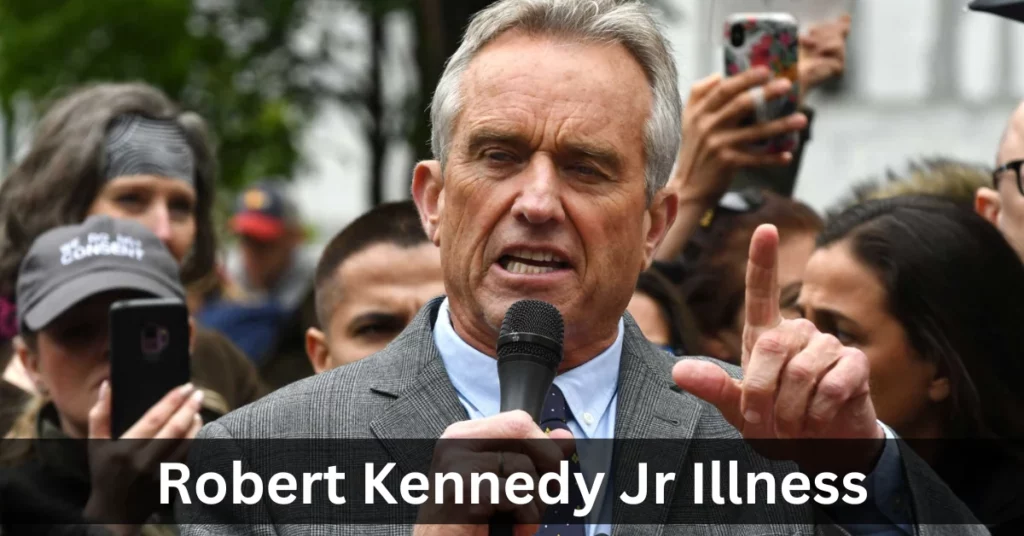Without a doubt, Robert F. Kennedy Jr. carries his family’s reputation.
Politics is practically ingrained in him as the third child of Robert F. Kennedy and the nephew of Ted Kennedy and John F. Kennedy, the late president. Robert was just 9 years old when JFK was assassinated and had just recovered when, four years later, his own father was also assassinated while running for president.
Considering how many theories and controversies the Kennedy family has been involved in, someone must be prepared for anything.
And it’s clear that anything can happen regarding the Kennedys. This family suffers from bizarre catastrophes, although not all of their problems are serious. Robert F. Kennedy Jr. reportedly has a rare vocal issue that occasionally makes it challenging for him to talk.
Here are the details of the illness and what Robert has remarked about his voice.
What Voice Disorder Does Robert F. Kennedy Jr. Have?
Robert F. Kennedy Jr. has “spasmodic dysphonia, a specific form of an involuntary movement disorder called dystonia that affects only the voice box,” according to ABC News. Although this condition does not pose a life-threatening risk, it can undoubtedly lower one’s quality of life.
Other affected individuals claim that “losing your voice hits people in their primary, intimate connection to the outside world and affects nearly every aspect of their lives.”
Robert spoke in-depth about the unusual condition in an interview with Oprah Winfrey for the February 2007 issue of O, The Oprah Magazine.
“The disease didn’t hit me until I was about 43. I used to have a strong voice,” he revealed. It doesn’t hurt, but it certainly complicates things a little.
His initial symptoms were minimal and manifested as a “mild tremble for a couple of years.” Obviously, they shouldn’t have gotten worse, but Robert thinks he did.
How Does One Treat Spasmodic Dysphonia?
“There’s a treatment for it: Botox shots. They put a needle into your voice box every four months,” shared Robert.
Behavioral treatment (voice therapy) is another option for treating spasmodic dysphonia, according to the National Institute on Deafness and Other Communication Disorders. However, Botox injections should be used in conjunction with this.
To be aware that you can read the following sections:
- Jamie Foxx Illness: What The Actor Condition While In The Hospital?
- Kate Snow Illness: The Latest on Snow’s Health Journey!
- Celine Dion Illness: The Horrible Disease Shared by Celine and This Brave Woman!
Even though there are surgical treatments, the effects are frequently transient. Former Dysphonia International spokesperson Dr. Robert Bastian told ABC News, “If you do anything surgically, the dystonia tries to win. It tries to figure out a way around its obstruction.”
Unfortunately, there is no known cause, which may help to explain why there is no clear-cut cure.
Currently, the “best guess spasmodic dysphonia experts have… is that root of the neurological disorder lies in the basal ganglia,” which is frequently referred to as the “processing area” of the brain.
Fortunately, groups like Dysphonia International are “dedicated to improving the lives of people affected by spasmodic dysphonia and related voice conditions through research, education, awareness, and support,” according to their website.
Contents

